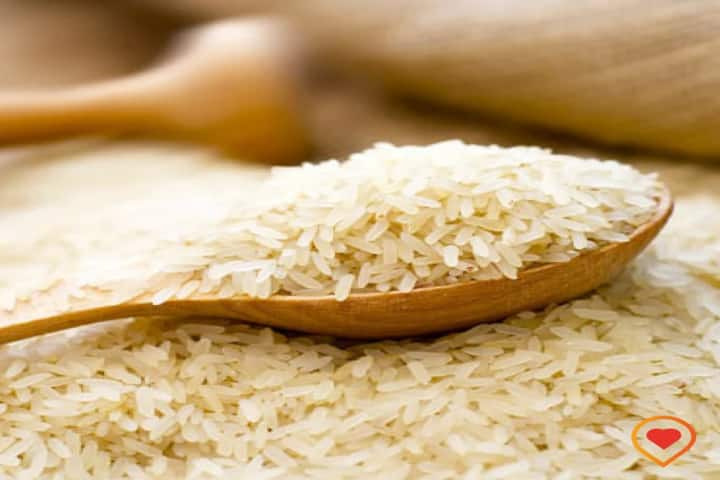Severe floods in China’s Beijing and surrounding areas including Hebei have damaged several crops, once again putting the spotlight on food security. The extreme weather fluctuations — from floods to droughts in China– home to 1.4 billion people, have become a cause for concern and policymakers amid shrinking arable land.
Just last month, China was grappling with severe heat which also damaged several crops.
The floods could further push China’s food imports. In the last 10 years, China’s food imports have been steadily rising.
Hebei is one of China’s key crop producing provinces. Corn, wheat, millets, soyabean are among the main crops grown in this region.
According to Gro Intelligence, an AI powered platform, China is the world’s second largest consumer of corn, using nearly 300 million tonnes of corn annually, and any shortfall in domestic production would need to be made up with imports, which in turn would dent global supply and demand balance sheets.
The country’s President Xi Jinping has repeatedly underlined the need to achieve food security saying that the rice bowl of the country must be firmly kept in Chinese hands.
“China is seriously working towards food security but such extreme climatic conditions have come up as roadblocks, the authorities will find it difficult to resolve this in a short time. The issue of food security has been discussed by the government but nothing significant has come up,” a researcher who has worked in China told India Narrative.
Though China has about 10 per cent of the world’s total arable land, extreme weather conditions have considerably damaged crops over the years and farm land has often been used for industrial purposes. Besides, the thinning labour force in the agriculture sector is also a key concern for the country’s policymakers.
China’s food import dependence will likely increase as the amount of arable land continues to diminish, Council on Foreign Relations said in a study paper published in January this year.
It added that China’s food import dependence will likely increase as the amount of arable land continues to diminish. Between 2013 and 2019, China lost more than 5 per cent of its arable land due to factors such as excess fertilizer use and land neglect.
Between 2000 and 2020, the country’s food self-sufficiency ratio decreased from 93.6 per cent to 65.8 per cent, CFR noted.
Also read: Morgan Stanley upgrades India rating, cuts China’s




















